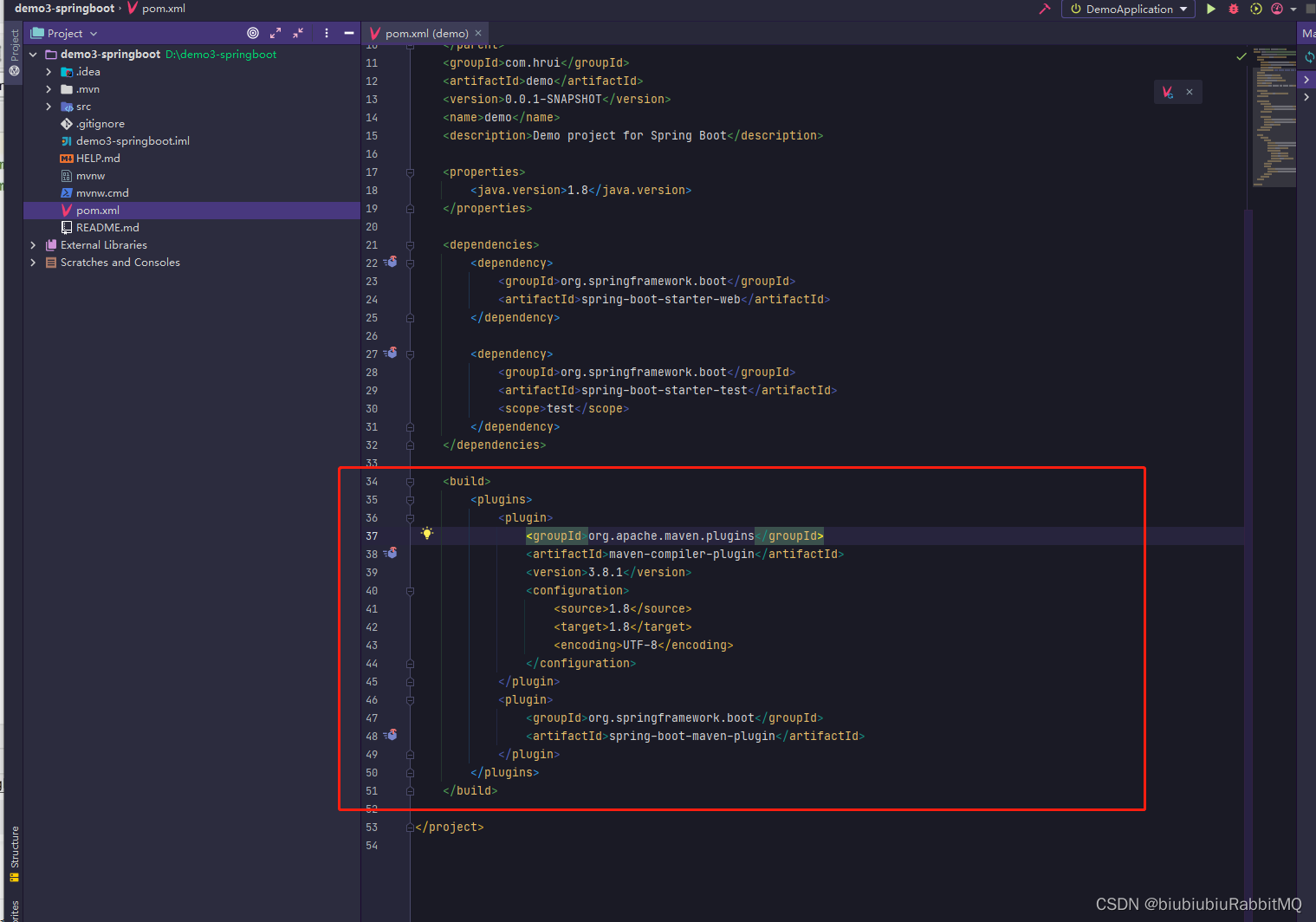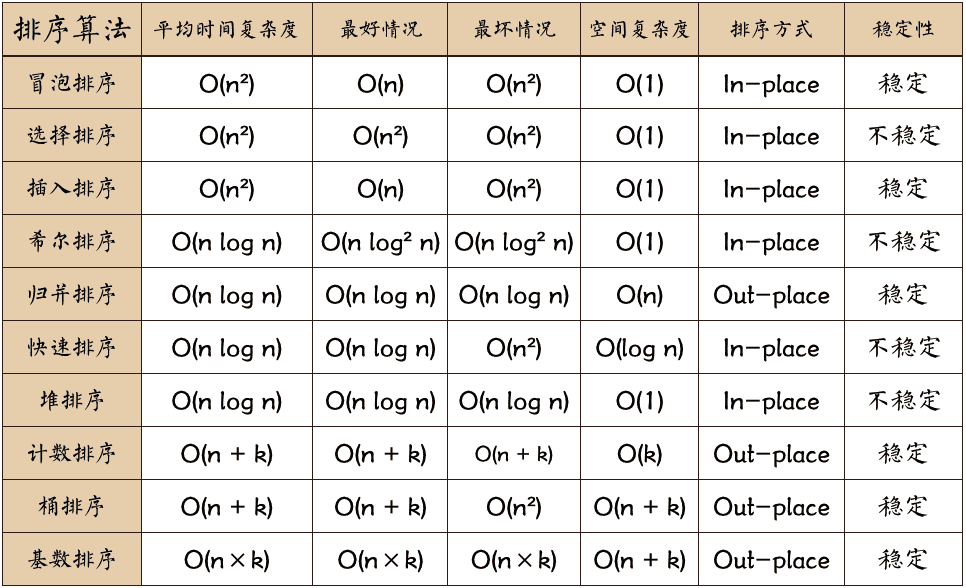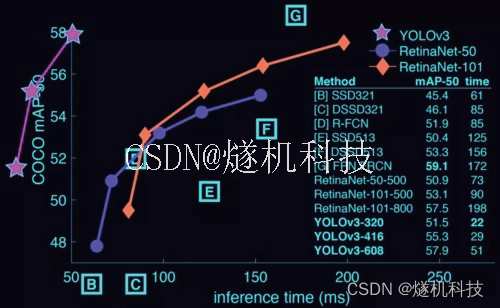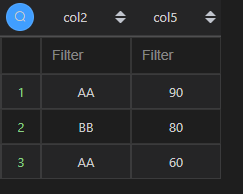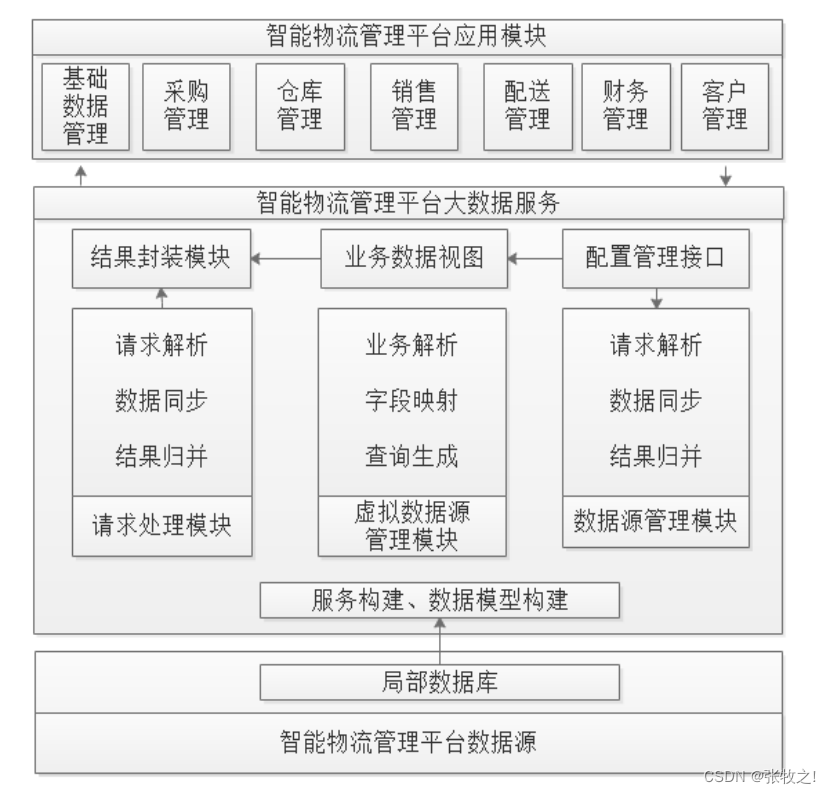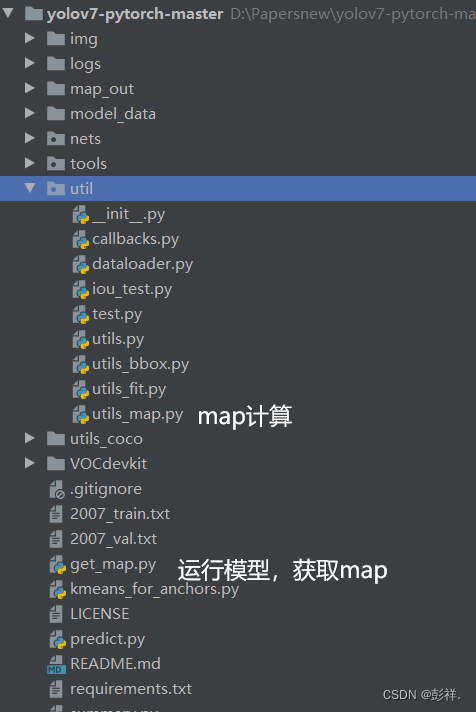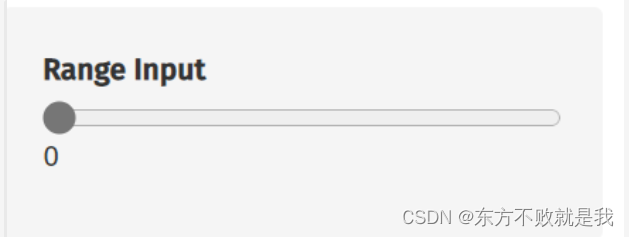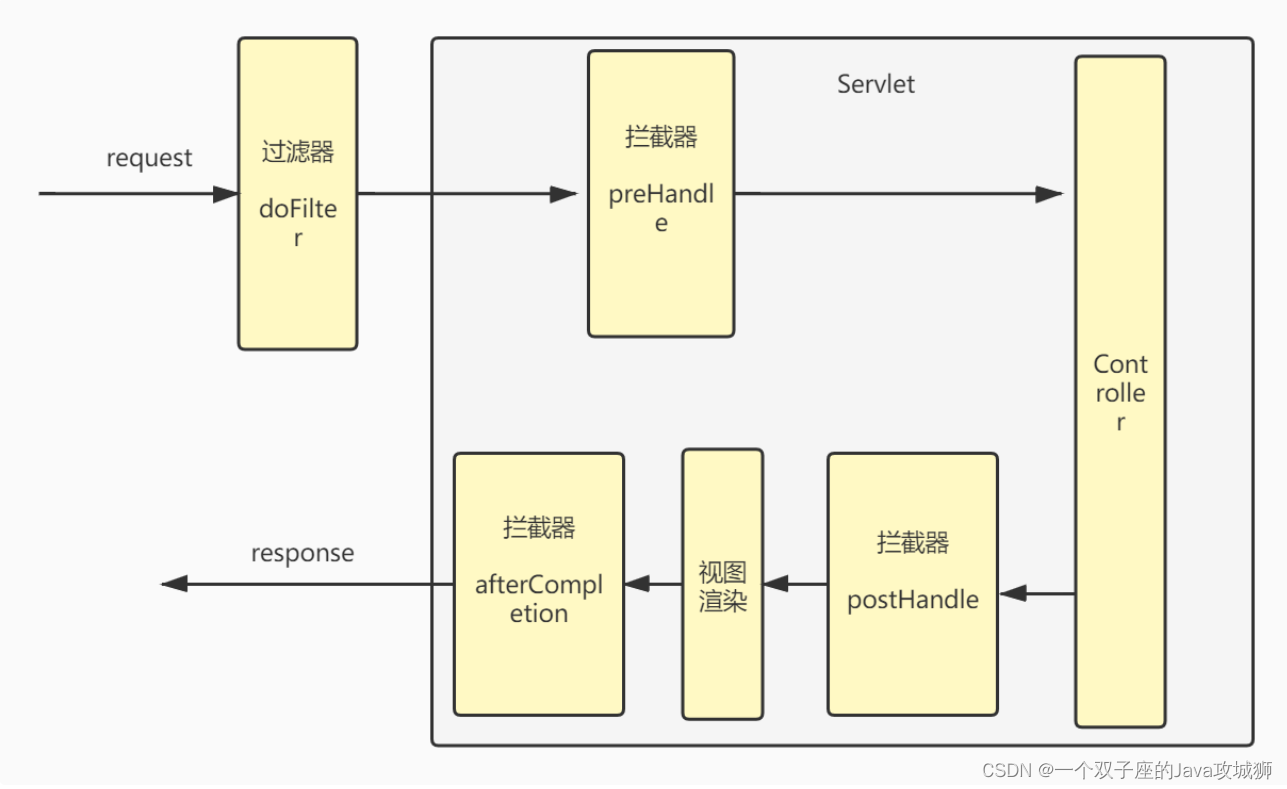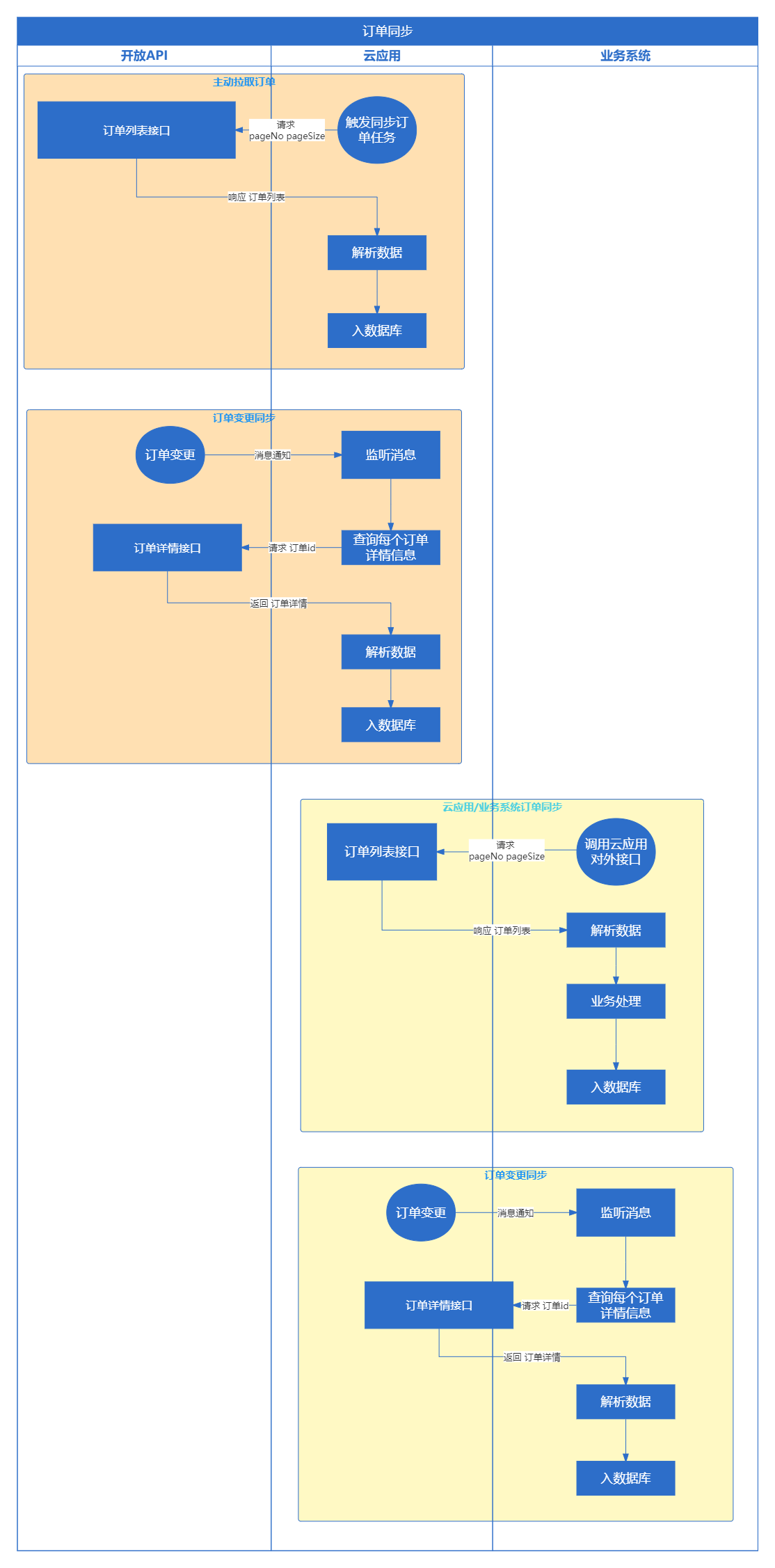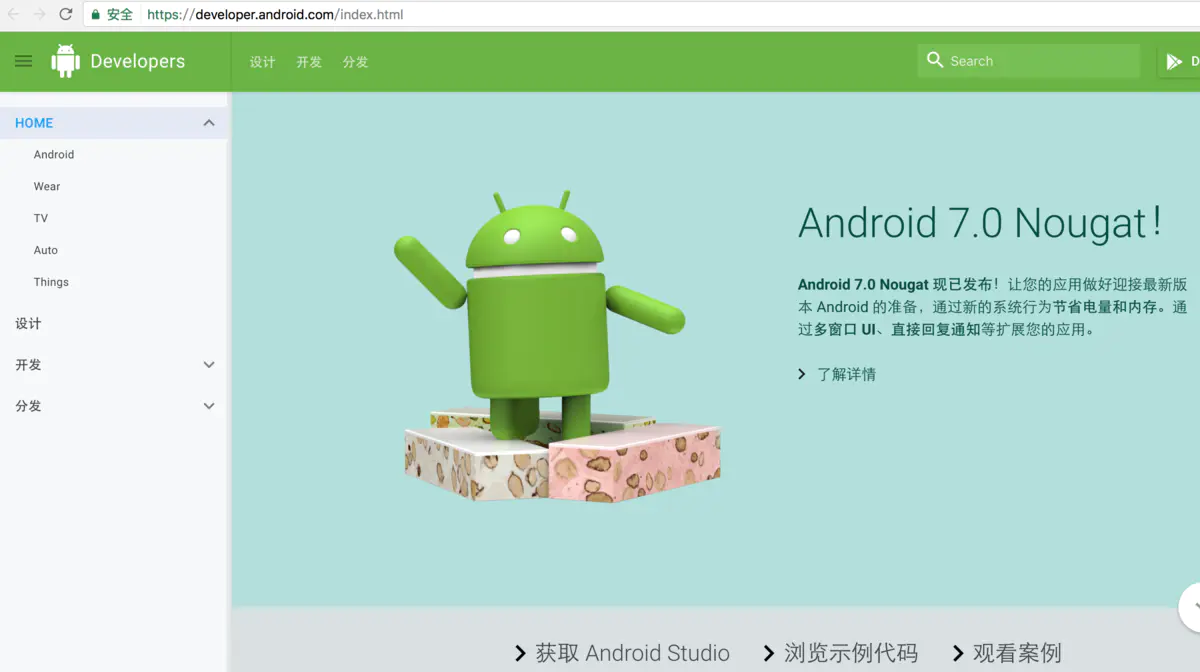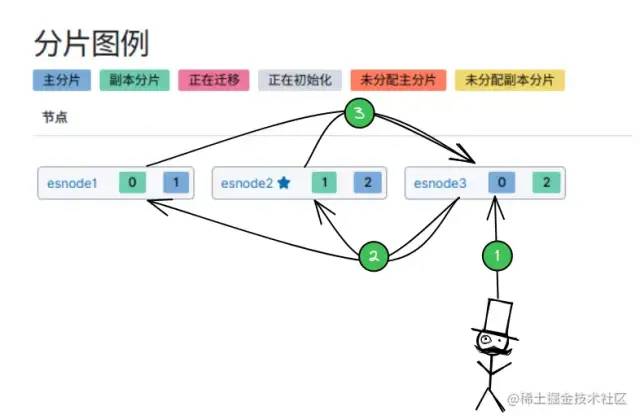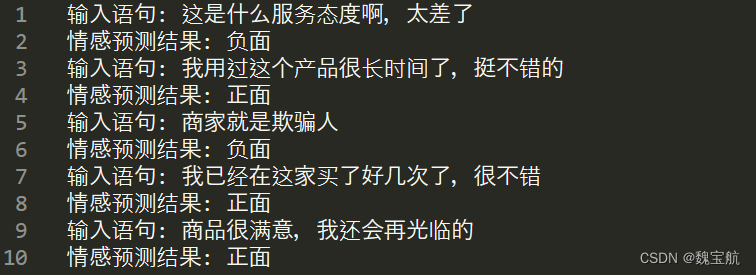1 Kubeflow简介
1.1 什么是Kubeflow
来自官网的一段介绍: Kubeflow 项目致力于使机器学习 (ML) 工作流在 Kubernetes 上的部署变得简单、可移植和可扩展。 Kubeflow的目标不是重新创建其他服务,而是提供一种直接的方法,将用于 ML 的同类最佳开源系统部署到不同的基础设施中。 在任何运行 Kubernetes 的地方,开发者都应该能够运行 Kubeflow。
从官网这段介绍可以看出,Kubeflow与Kubernetes是形影不离的。总的来说,Kubeflow是 google 开源的一个基于 Kubernetes的 ML workflow 平台,其集成了大量的机器学习工具,比如用于交互性实验的 jupyterlab 环境,用于超参数调整的 katib,用于 pipeline 工作流控制的 argo workflow等。作为一个“大型工具箱”集合,kubeflow 为机器学习开发者提供了大量可选的工具,同时也为机器学习的工程落地提供了可行性工具。
1.2 Kubeflow 背景
Kubernetes 本来是一个用来管理无状态应用的容器平台,但是在近两年,有越来越多的公司用它来运行各种各样的工作负载,尤其是机器学习炼丹。各种 AI 公司或者互联网公司的 AI 部门都会尝试在 Kubernetes 上运行 TensorFlow,Caffe,MXNet 等等分布式学习的任务,这为 Kubernetes 带来了新的挑战。
首先,分布式的机器学习任务一般会涉及参数服务器(以下称为 PS)和工作节点(以下成为 worker)两种不同的工作类型。而且不同领域的学习任务对 PS 和 worker 有不同的需求,这体现在 Kubernetes 中就是配置难的问题。以 TensorFlow 为例,TensorFlow 的分布式学习任务通常会启动多个 PS 和多个 worker,而且在 TensorFlow 提供的最佳实践中,每个 worker 和 PS 要求传入不同的命令行参数。
其次,Kubernetes 默认的调度器对于机器学习任务的调度并不友好。如果说之前的问题只是在应用与部署阶段比较麻烦,那调度引发的资源利用率低,或者机器学习任务效率下降的问题,就格外值得关注。机器学习任务对于计算和网络的要求相对较高,一般而言所有的 worker 都会使用 GPU 进行训练,而且为了能够得到一个较好的网络支持,尽可能地同一个机器学习任务的 PS 和 worker 放在同一台机器或者网络较好的相邻机器上会降低训练所需的时间。
针对这些问题,Kubeflow 项目应运而生,它以 TensorFlow 作为第一个支持的框架,在 Kubernetes 上定义了一个新的资源类型:TFJob,即 TensorFlow Job 的缩写。通过这样一个资源类型,使用 TensorFlow 进行机器学习训练的工程师们不再需要编写繁杂的配置,只需要按照他们对业务的理解,确定 PS 与 worker 的个数以及数据与日志的输入输出,就可以进行一次训练任务。
一句话总结就是:Kubeflow 是一个为 Kubernetes 构建的可组合,便携式,可扩展的机器学习技术栈。
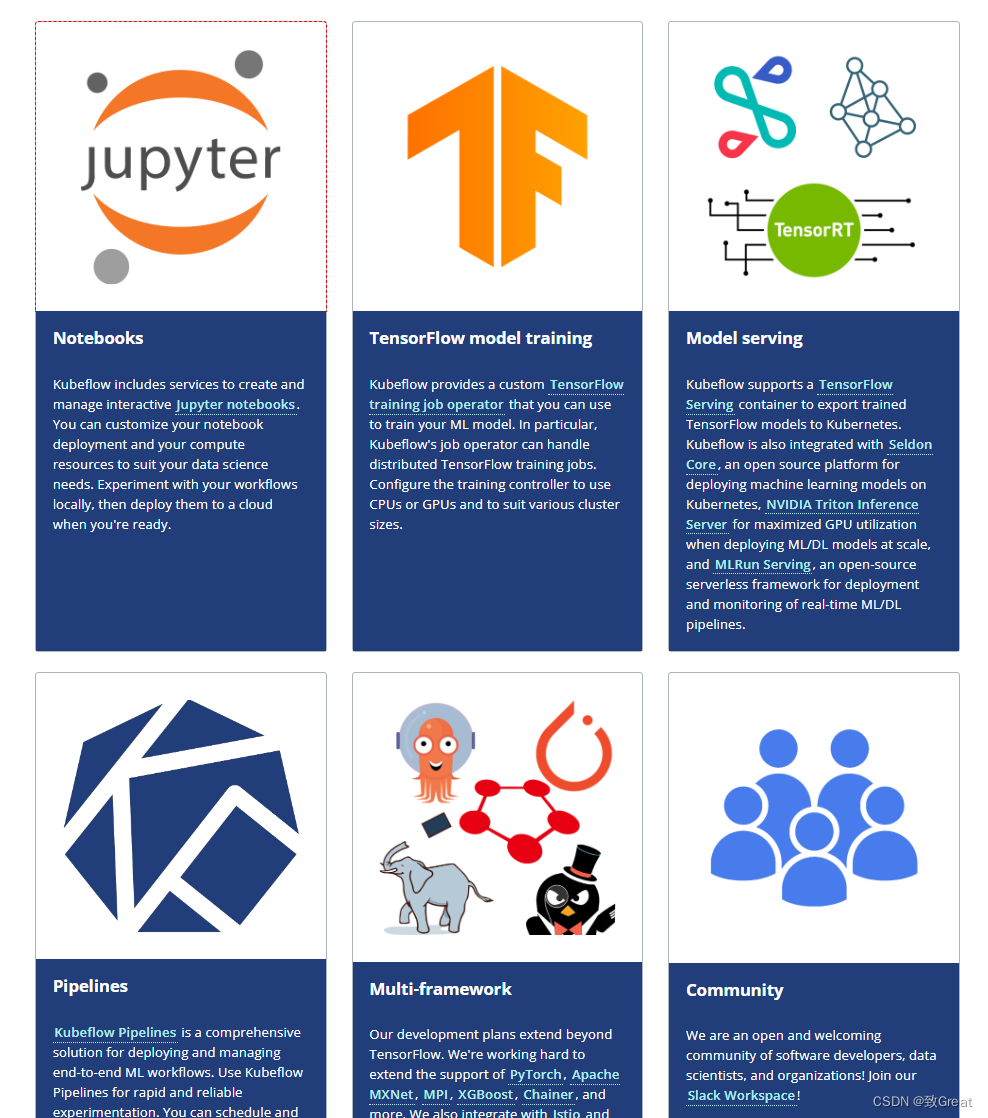
以上来自文章kubeflow–简介 https://www.jianshu.com/p/192f22a0b857,这段引言很好地解释了kubeflow的前生今世,对kubeflow的理解有了更深一层的认识,对于新手的我简直太需要了。
1.3 Kubeflow与机器学习
Kubeflow 是一个面向希望构建和进行 ML 任务的数据科学家的平台。Kubeflow 还适用于希望将 ML 系统部署到各种环境以进行开发、测试和生产级服务的 ML 工程师和运营团队。
Kubeflow 是 Kubernetes的 ML 工具包。
下图显示了 Kubeflow 作为在 Kubernetes 基础之上构建机器学习系统组件的平台:
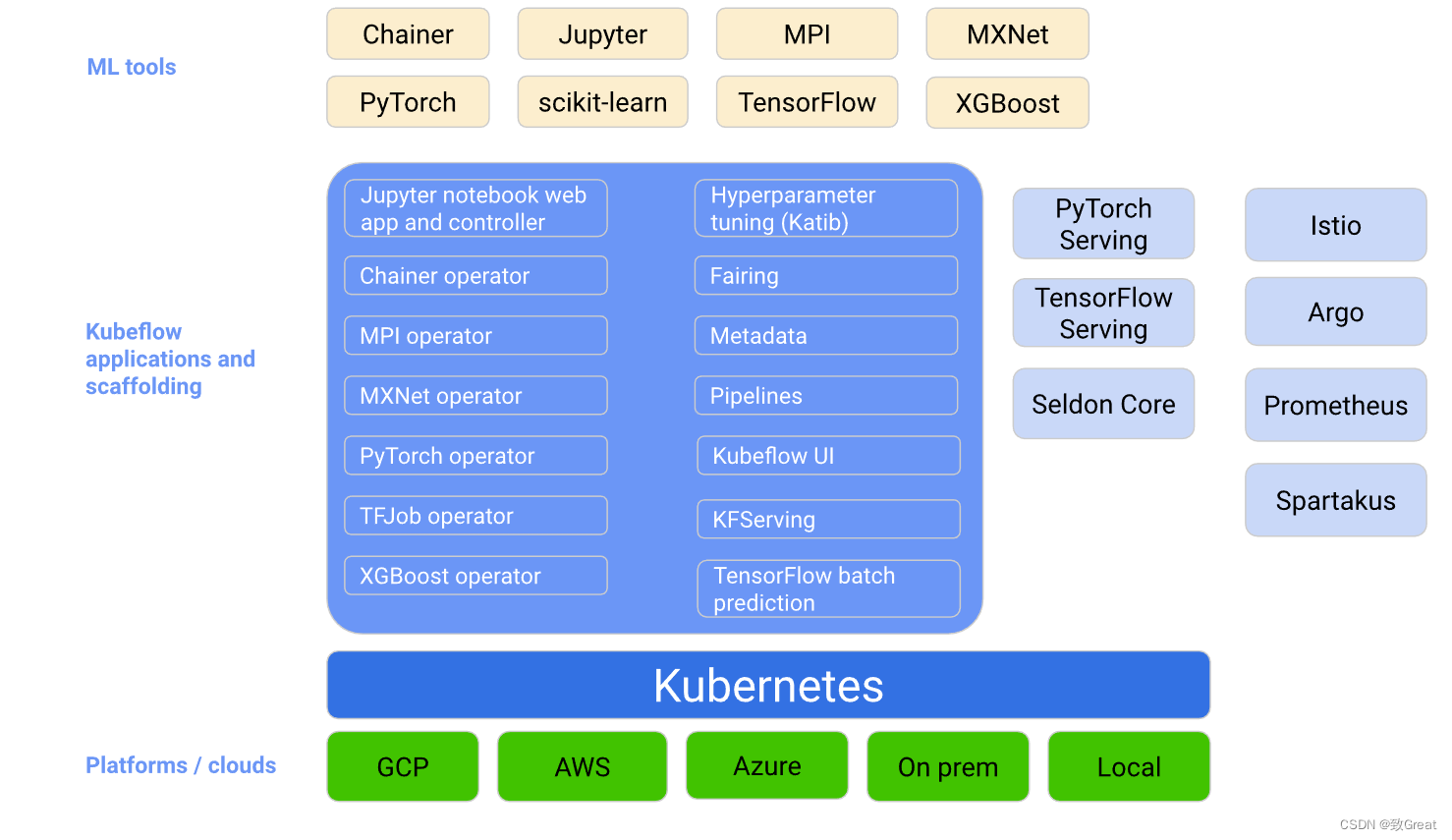
kubeflow是一个胶水项目,它把诸多对机器学习的支持,比如模型训练,超参数训练,模型部署等进行组合并已容器化的方式进行部署,提供整个流程各个系统的高可用及方便的进行扩展部署了 kubeflow的用户就可以利用它进行不同的机器学习任务。
下图按顺序展示了机器学习工作流。工作流末尾的箭头指向流程表示机器学习任务是一个逐渐迭代的过程:
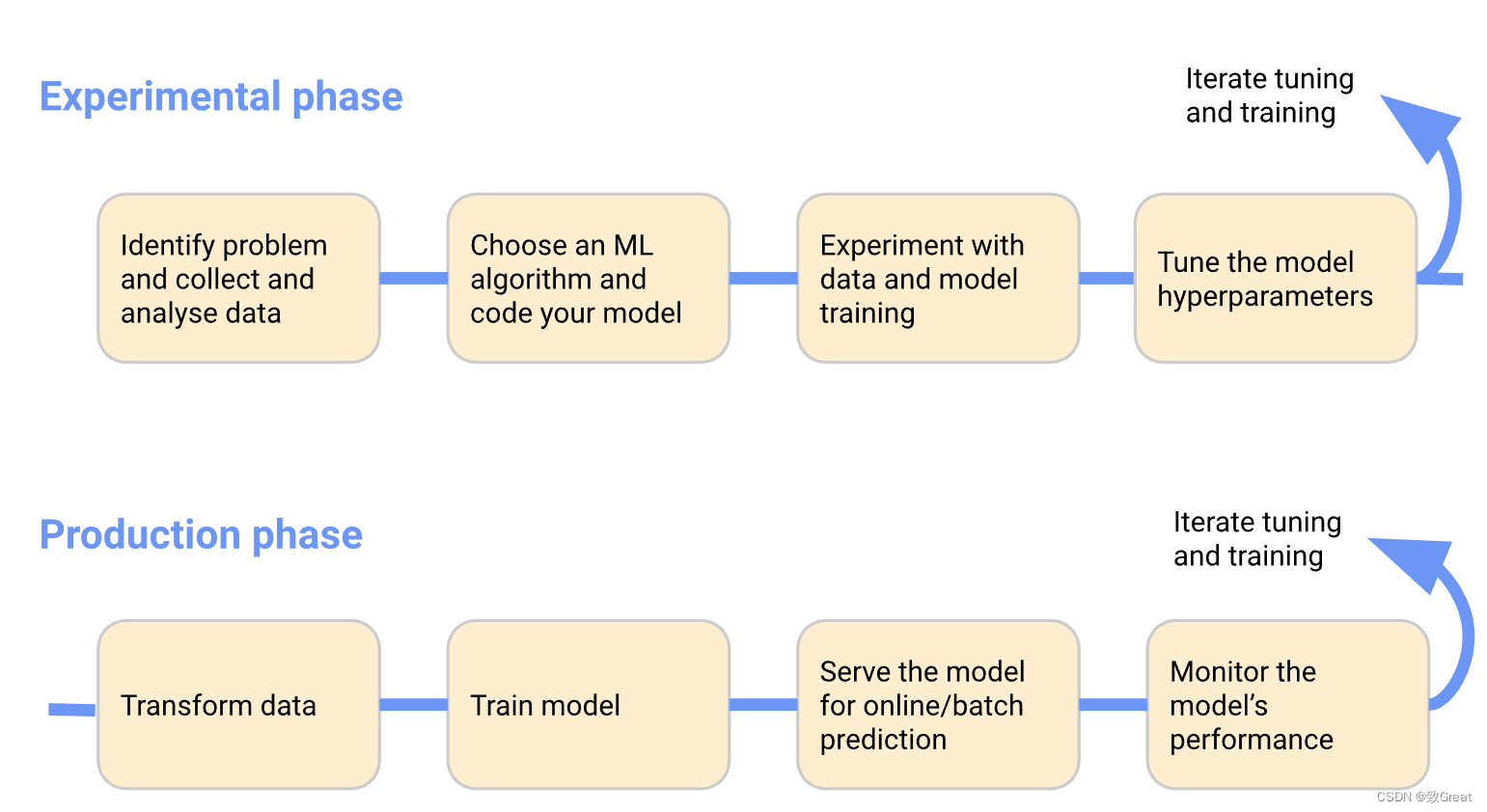
在实验阶段,您根据初始假设开发模型,并迭代测试和更新模型以产生您正在寻找的结果:
- 确定希望 ML 系统解决的问题;
- 收集和分析训练 ML 模型所需的数据;
- 选择 ML 框架和算法,并对模型的初始版本进行编码;
- 试验数据并训练您的模型。
- 调整模型超参数以确保最高效的处理和最准确的结果。
在生产阶段,您部署一个执行以下过程的系统:
- 将数据转换为训练系统需要的格式;
- 为确保模型在训练和预测期间表现一致,转换过程在实验和生产阶段必须相同。
- 训练 ML 模型。
- 为在线预测或以批处理模式运行的模型提供服务。
- 监控模型的性能,并将结果提供给您的流程以调整或重新训练模型。
ML 工作流中的 Kubeflow 组件如下图所示
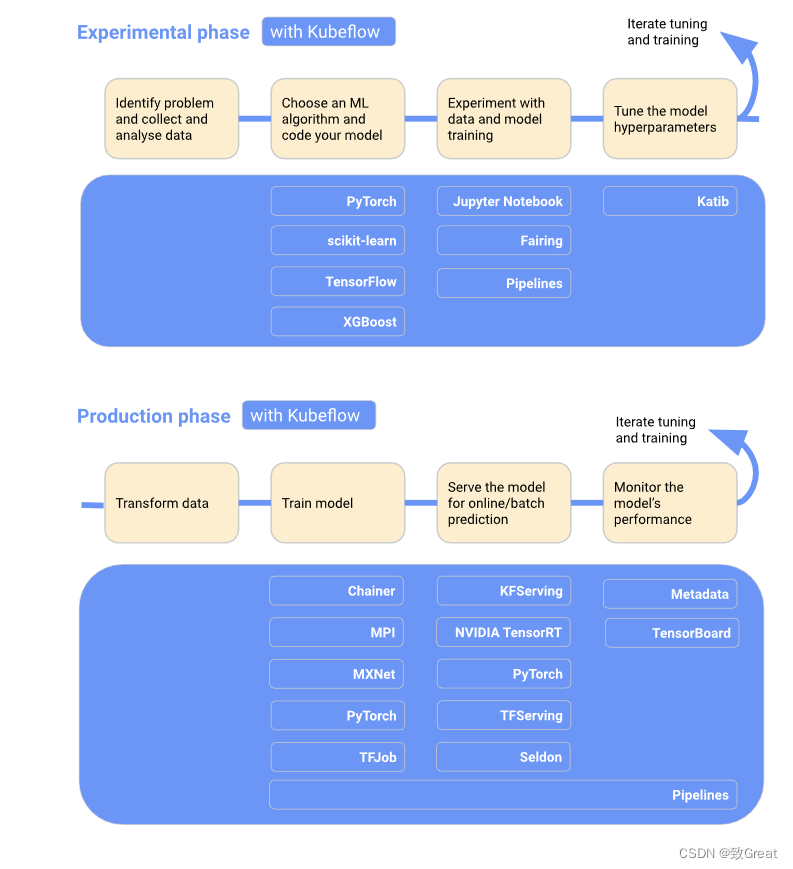
1.4 核心组件
构成 Kubeflow 的核心组件,官网这里https://www.kubeflow.org/docs/components/有具体介绍,下面是一个我画的思维导图:
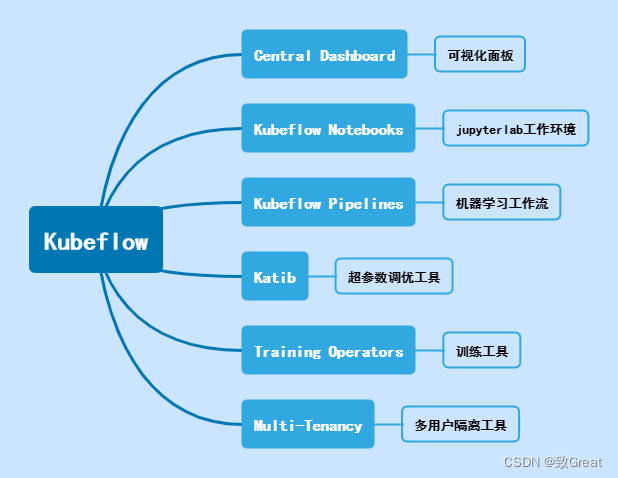
2 Kubeflow安装引导
2.1 常用链接
- 官方定制化安装指南仓库:https://github.com/kubeflow/manifests
- kubeflow官方仓库:https://github.com/kubeflow/
- kubernetes官网:https://kubernetes.io/zh-cn/
- github代理加速:https://ghproxy.com/
2.2 安装环境
安装环境:
- 系统版本
cat /etc/redhat-release
CentOS Linux release 7.9.2009 (Core)
- 运行内存
free -h
total used free shared buff/cache available
Mem: 110G 3.4G 105G 3.8M 891M 105G
Swap: 4.0G 0B 4.0G
- cpu
cat /proc/cpuinfo | grep name | sort | uniq
model name : Intel(R) Xeon(R) Platinum 8163 CPU @ 2.50GHz
cat /proc/cpuinfo | grep "physical id" | sort | uniq | wc -l
42
- gpu
nvidia-smi
Sat Dec 24 13:01:37 2022
+-----------------------------------------------------------------------------+
| NVIDIA-SMI 460.32.03 Driver Version: 460.32.03 CUDA Version: 11.2 |
|-------------------------------+----------------------+----------------------+
| GPU Name Persistence-M| Bus-Id Disp.A | Volatile Uncorr. ECC |
| Fan Temp Perf Pwr:Usage/Cap| Memory-Usage | GPU-Util Compute M. |
| | | MIG M. |
|===============================+======================+======================|
| 0 Tesla T4 Off | 00000000:00:06.0 Off | 0 |
| N/A 38C P0 25W / 70W | 0MiB / 15109MiB | 0% Default |
| | | N/A |
+-------------------------------+----------------------+----------------------+
| 1 Tesla T4 Off | 00000000:00:07.0 Off | 0 |
| N/A 34C P0 26W / 70W | 0MiB / 15109MiB | 0% Default |
| | | N/A |
+-------------------------------+----------------------+----------------------+
+-----------------------------------------------------------------------------+
| Processes: |
| GPU GI CI PID Type Process name GPU Memory |
| ID ID Usage |
|=============================================================================|
| No running processes found |
+-----------------------------------------------------------------------------+
2.3 前置环境
安装kubeflow需要的前置环境主要包括以下工具:
- Kubernetes :最高1.21
- kustomize :3.2.0
- kubectl
https://github.com/kubeflow/manifests#prerequisites
3 Kubernetes 安装
k8s集群由Master节点和Node(Worker)节点组成,在这里我们只用1台机器,安装kubernetes。
3.1 查看ip
(base) [root@server-szry1agd ~]# ip add
1: lo: <LOOPBACK,UP,LOWER_UP> mtu 65536 qdisc noqueue state UNKNOWN group default qlen 1000
link/loopback 00:00:00:00:00:00 brd 00:00:00:00:00:00
inet 127.0.0.1/8 scope host lo
valid_lft forever preferred_lft forever
inet6 ::1/128 scope host
valid_lft forever preferred_lft forever
2: eth0: <BROADCAST,MULTICAST,UP,LOWER_UP> mtu 1450 qdisc pfifo_fast state UP group default qlen 1000
link/ether fa:16:3e:44:6c:3c brd ff:ff:ff:ff:ff:ff
inet 192.168.3.130/22 brd 192.168.3.255 scope global noprefixroute dynamic eth0
valid_lft 80254sec preferred_lft 80254sec
inet6 fe80::f816:3eff:fe44:6c3c/64 scope link
valid_lft forever preferred_lft forever
3.2 修改主机名称
这一步不是必须的,我看到有的文章里面讲到主机名称不能有下划线
(base) [root@server-szry1agd ~]# hostnamectl set-hostname kubuflow && bash
修改前后对比

3.3 添加host
这里需要改成自己的ip和主机名称
(base) [root@kubuflow ~]# cat >> /etc/hosts << EOF
> 192.168.3.130 kubuflow
> EOF
查看hosts
(base) [root@kubuflow ~]# cat /etc/hosts
127.0.0.1 localhost localhost.localdomain localhost4 localhost4.localdomain4
::1 localhost localhost.localdomain localhost6 localhost6.localdomain6
0.0.0.0 server-szry1agd.novalocal
192.168.3.130 kubuflow
3.4 关闭防火墙,关闭selinux
(base) [root@kubuflow ~]# systemctl stop firewalld
(base) [root@kubuflow ~]# systemctl disable firewalld
(base) [root@kubuflow ~]# sed -i 's/enforcing/disabled/' /etc/selinux/config # 永久
(base) [root@kubuflow ~]# setenforce 0 # 临时
setenforce: SELinux is disabled
3.5 关闭swap
(base) [root@kubuflow ~]# swapoff -a
(base) [root@kubuflow ~]# sed -i 's/.*swap.*/#&/' /etc/fstab
3.6 转发 IPv4 并让 iptables 看到桥接流量
通过运行 lsmod | grep br_netfilter 来验证 br_netfilter 模块是否已加载。 若要显式加载此模块,请运行 sudo modprobe br_netfilter。 为了让 Linux 节点的 iptables 能够正确查看桥接流量,请确认 sysctl 配置中的 net.bridge.bridge-nf-call-iptables 设置为 1。
cat <<EOF | sudo tee /etc/modules-load.d/k8s.conf
overlay
br_netfilter
EOF
sudo modprobe overlay
sudo modprobe br_netfilter
# 设置所需的 sysctl 参数,参数在重新启动后保持不变
cat <<EOF | sudo tee /etc/sysctl.d/k8s.conf
net.bridge.bridge-nf-call-iptables = 1
net.bridge.bridge-nf-call-ip6tables = 1
net.ipv4.ip_forward = 1
EOF
# 应用 sysctl 参数而不重新启动
sudo sysctl --system
3.7 时间同步
(base) [root@kubuflow ~]# yum install ntpdate -y
(base) [root@kubuflow ~]# ntpdate time.windows.com
24 Dec 14:21:55 ntpdate[18177]: adjust time server 52.231.114.183 offset 0.003717 sec
3.8 安装docker
wget https://mirrors.aliyun.com/docker-ce/linux/centos/docker-ce.repo -O /etc/yum.repos.d/docker-ce.repo
yum -y install docker-ce
systemctl enable docker && systemctl start docker && systemctl status docker
安装成功
(base) [root@kubuflow ~]# docker --version
Docker version 20.10.22, build 3a2c30b
(base) [root@kubuflow ~]# docker ps
CONTAINER ID IMAGE COMMAND CREATED STATUS PORTS NAMES
(base) [root@kubuflow ~]#
3.9 docker添加国内镜像源
(base) [root@kubuflow ~]# cat > /etc/docker/daemon.json << EOF
> {
> "registry-mirrors": [
> "http://hub-mirror.c.163.com",
> "https://docker.mirrors.ustc.edu.cn",
> "https://registry.docker-cn.com"
> ]
> }
> EOF
(base) [root@kubuflow ~]# # 使配置生效
(base) [root@kubuflow ~]# systemctl daemon-reload
(base) [root@kubuflow ~]#
(base) [root@kubuflow ~]# # 重启Docker
(base) [root@kubuflow ~]# systemctl restart docker
3.10 添加kubernetes的yum源
(base) [root@kubuflow ~]# cat > /etc/yum.repos.d/kubernetes.repo << EOF
> [kubernetes]
> name=Kubernetes
> baseurl=https://mirrors.aliyun.com/kubernetes/yum/repos/kubernetes-el7-x86_64
> enabled=1
> gpgcheck=0
> repo_gpgcheck=0
> gpgkey=https://mirrors.aliyun.com/kubernetes/yum/doc/yum-key.gpg
> https://mirrors.aliyun.com/kubernetes/yum/doc/rpm-package-key.gpg
> EOF
3.11 安装kubeadm,kubelet 和kubectl
(base) [root@kubuflow ~]# yum -y install kubelet-1.21.5-0 kubeadm-1.21.5-0 kubectl-1.21.5-0
(base) [root@kubuflow ~]# systemctl enable kubelet
3.12 部署Kubernetes Master
(base) [root@kubuflow ~]# kubeadm init --apiserver-advertise-address=192.168.3.130 --image-repository registry.aliyuncs.com/google_containers --kubernetes-version v1.21.5 --service-cidr=10.96.0.0/12 --pod-network-cidr=10.244.0.0/16 --ignore-preflight-errors=all
参数说明:
- –apiserver-advertise-address=192.168.3.130
这个参数就是master主机的IP地址,例如我的Master主机的IP是:192.168.3.130,也是我们在2.4.1看到的ip地址 - –image-repository registry.aliyuncs.com/google_containers
这个是镜像地址,由于国外地址无法访问,故使用的阿里云仓库地址:repository
registry.aliyuncs.com/google_containers - –kubernetes-version=v1.21.5 这个参数是下载的k8s软件版本号
- –service-cidr=10.96.0.0/12 这个参数后的IP地址直接就套用10.96.0.0/12
,以后安装时也套用即可,不要更改 - –pod-network-cidr=10.244.0.0/16
k8s内部的pod节点之间网络可以使用的IP段,不能和service-cidr写一样,如果不知道怎么配,就先用这个10.244.0.0/16 - –ignore-preflight-errors=all 添加这个会忽略错误
执行语句后,看到如下的信息说明就安装成功了。
[addons] Applied essential addon: CoreDNS
[addons] Applied essential addon: kube-proxy
Your Kubernetes control-plane has initialized successfully!
To start using your cluster, you need to run the following as a regular user:
mkdir -p $HOME/.kube
sudo cp -i /etc/kubernetes/admin.conf $HOME/.kube/config
sudo chown $(id -u):$(id -g) $HOME/.kube/config
Alternatively, if you are the root user, you can run:
export KUBECONFIG=/etc/kubernetes/admin.conf
You should now deploy a pod network to the cluster.
Run "kubectl apply -f [podnetwork].yaml" with one of the options listed at:
https://kubernetes.io/docs/concepts/cluster-administration/addons/
Then you can join any number of worker nodes by running the following on each as root:
kubeadm join 192.168.3.130:6443 --token nupk90.vnoqbfgexf8d2lhp \
--discovery-token-ca-cert-hash sha256:715fac4463bd6b5b4de53e9356002eed12652fa8c6def12789ccb5d6f73fefaa
(base) [root@kubuflow ~]#
3.13 创建kube配置文件
(base) [root@kubuflow ~]# mkdir -p $HOME/.kube
(base) [root@kubuflow ~]# sudo cp -i /etc/kubernetes/admin.conf $HOME/.kube/config
(base) [root@kubuflow ~]# sudo chown $(id -u):$(id -g) $HOME/.kube/config
(base) [root@kubuflow ~]# kubectl get nodes
NAME STATUS ROLES AGE VERSION
kubuflow NotReady control-plane,master 5m45s v1.21.5
3.14 安装Pod 网络插件(CNI)
cat > calico.yaml << EOF
---
# Source: calico/templates/calico-config.yaml
# This ConfigMap is used to configure a self-hosted Calico installation.
kind: ConfigMap
apiVersion: v1
metadata:
name: calico-config
namespace: kube-system
data:
# Typha is disabled.
typha_service_name: "none"
# Configure the backend to use.
calico_backend: "bird"
# Configure the MTU to use
veth_mtu: "1440"
# The CNI network configuration to install on each node. The special
# values in this config will be automatically populated.
cni_network_config: |-
{
"name": "k8s-pod-network",
"cniVersion": "0.3.1",
"plugins": [
{
"type": "calico",
"log_level": "info",
"datastore_type": "kubernetes",
"nodename": "__KUBERNETES_NODE_NAME__",
"mtu": __CNI_MTU__,
"ipam": {
"type": "calico-ipam"
},
"policy": {
"type": "k8s"
},
"kubernetes": {
"kubeconfig": "__KUBECONFIG_FILEPATH__"
}
},
{
"type": "portmap",
"snat": true,
"capabilities": {"portMappings": true}
}
]
}
---
# Source: calico/templates/kdd-crds.yaml
apiVersion: apiextensions.k8s.io/v1beta1
kind: CustomResourceDefinition
metadata:
name: felixconfigurations.crd.projectcalico.org
spec:
scope: Cluster
group: crd.projectcalico.org
version: v1
names:
kind: FelixConfiguration
plural: felixconfigurations
singular: felixconfiguration
---
apiVersion: apiextensions.k8s.io/v1beta1
kind: CustomResourceDefinition
metadata:
name: ipamblocks.crd.projectcalico.org
spec:
scope: Cluster
group: crd.projectcalico.org
version: v1
names:
kind: IPAMBlock
plural: ipamblocks
singular: ipamblock
---
apiVersion: apiextensions.k8s.io/v1beta1
kind: CustomResourceDefinition
metadata:
name: blockaffinities.crd.projectcalico.org
spec:
scope: Cluster
group: crd.projectcalico.org
version: v1
names:
kind: BlockAffinity
plural: blockaffinities
singular: blockaffinity
---
apiVersion: apiextensions.k8s.io/v1beta1
kind: CustomResourceDefinition
metadata:
name: ipamhandles.crd.projectcalico.org
spec:
scope: Cluster
group: crd.projectcalico.org
version: v1
names:
kind: IPAMHandle
plural: ipamhandles
singular: ipamhandle
---
apiVersion: apiextensions.k8s.io/v1beta1
kind: CustomResourceDefinition
metadata:
name: ipamconfigs.crd.projectcalico.org
spec:
scope: Cluster
group: crd.projectcalico.org
version: v1
names:
kind: IPAMConfig
plural: ipamconfigs
singular: ipamconfig
---
apiVersion: apiextensions.k8s.io/v1beta1
kind: CustomResourceDefinition
metadata:
name: bgppeers.crd.projectcalico.org
spec:
scope: Cluster
group: crd.projectcalico.org
version: v1
names:
kind: BGPPeer
plural: bgppeers
singular: bgppeer
---
apiVersion: apiextensions.k8s.io/v1beta1
kind: CustomResourceDefinition
metadata:
name: bgpconfigurations.crd.projectcalico.org
spec:
scope: Cluster
group: crd.projectcalico.org
version: v1
names:
kind: BGPConfiguration
plural: bgpconfigurations
singular: bgpconfiguration
---
apiVersion: apiextensions.k8s.io/v1beta1
kind: CustomResourceDefinition
metadata:
name: ippools.crd.projectcalico.org
spec:
scope: Cluster
group: crd.projectcalico.org
version: v1
names:
kind: IPPool
plural: ippools
singular: ippool
---
apiVersion: apiextensions.k8s.io/v1beta1
kind: CustomResourceDefinition
metadata:
name: hostendpoints.crd.projectcalico.org
spec:
scope: Cluster
group: crd.projectcalico.org
version: v1
names:
kind: HostEndpoint
plural: hostendpoints
singular: hostendpoint
---
apiVersion: apiextensions.k8s.io/v1beta1
kind: CustomResourceDefinition
metadata:
name: clusterinformations.crd.projectcalico.org
spec:
scope: Cluster
group: crd.projectcalico.org
version: v1
names:
kind: ClusterInformation
plural: clusterinformations
singular: clusterinformation
---
apiVersion: apiextensions.k8s.io/v1beta1
kind: CustomResourceDefinition
metadata:
name: globalnetworkpolicies.crd.projectcalico.org
spec:
scope: Cluster
group: crd.projectcalico.org
version: v1
names:
kind: GlobalNetworkPolicy
plural: globalnetworkpolicies
singular: globalnetworkpolicy
---
apiVersion: apiextensions.k8s.io/v1beta1
kind: CustomResourceDefinition
metadata:
name: globalnetworksets.crd.projectcalico.org
spec:
scope: Cluster
group: crd.projectcalico.org
version: v1
names:
kind: GlobalNetworkSet
plural: globalnetworksets
singular: globalnetworkset
---
apiVersion: apiextensions.k8s.io/v1beta1
kind: CustomResourceDefinition
metadata:
name: networkpolicies.crd.projectcalico.org
spec:
scope: Namespaced
group: crd.projectcalico.org
version: v1
names:
kind: NetworkPolicy
plural: networkpolicies
singular: networkpolicy
---
apiVersion: apiextensions.k8s.io/v1beta1
kind: CustomResourceDefinition
metadata:
name: networksets.crd.projectcalico.org
spec:
scope: Namespaced
group: crd.projectcalico.org
version: v1
names:
kind: NetworkSet
plural: networksets
singular: networkset
---
# Source: calico/templates/rbac.yaml
# Include a clusterrole for the kube-controllers component,
# and bind it to the calico-kube-controllers serviceaccount.
kind: ClusterRole
apiVersion: rbac.authorization.k8s.io/v1
metadata:
name: calico-kube-controllers
rules:
# Nodes are watched to monitor for deletions.
- apiGroups: [""]
resources:
- nodes
verbs:
- watch
- list
- get
# Pods are queried to check for existence.
- apiGroups: [""]
resources:
- pods
verbs:
- get
# IPAM resources are manipulated when nodes are deleted.
- apiGroups: ["crd.projectcalico.org"]
resources:
- ippools
verbs:
- list
- apiGroups: ["crd.projectcalico.org"]
resources:
- blockaffinities
- ipamblocks
- ipamhandles
verbs:
- get
- list
- create
- update
- delete
# Needs access to update clusterinformations.
- apiGroups: ["crd.projectcalico.org"]
resources:
- clusterinformations
verbs:
- get
- create
- update
---
kind: ClusterRoleBinding
apiVersion: rbac.authorization.k8s.io/v1
metadata:
name: calico-kube-controllers
roleRef:
apiGroup: rbac.authorization.k8s.io
kind: ClusterRole
name: calico-kube-controllers
subjects:
- kind: ServiceAccount
name: calico-kube-controllers
namespace: kube-system
---
# Include a clusterrole for the calico-node DaemonSet,
# and bind it to the calico-node serviceaccount.
kind: ClusterRole
apiVersion: rbac.authorization.k8s.io/v1
metadata:
name: calico-node
rules:
# The CNI plugin needs to get pods, nodes, and namespaces.
- apiGroups: [""]
resources:
- pods
- nodes
- namespaces
verbs:
- get
- apiGroups: [""]
resources:
- endpoints
- services
verbs:
# Used to discover service IPs for advertisement.
- watch
- list
# Used to discover Typhas.
- get
- apiGroups: [""]
resources:
- nodes/status
verbs:
# Needed for clearing NodeNetworkUnavailable flag.
- patch
# Calico stores some configuration information in node annotations.
- update
# Watch for changes to Kubernetes NetworkPolicies.
- apiGroups: ["networking.k8s.io"]
resources:
- networkpolicies
verbs:
- watch
- list
# Used by Calico for policy information.
- apiGroups: [""]
resources:
- pods
- namespaces
- serviceaccounts
verbs:
- list
- watch
# The CNI plugin patches pods/status.
- apiGroups: [""]
resources:
- pods/status
verbs:
- patch
# Calico monitors various CRDs for config.
- apiGroups: ["crd.projectcalico.org"]
resources:
- globalfelixconfigs
- felixconfigurations
- bgppeers
- globalbgpconfigs
- bgpconfigurations
- ippools
- ipamblocks
- globalnetworkpolicies
- globalnetworksets
- networkpolicies
- networksets
- clusterinformations
- hostendpoints
- blockaffinities
verbs:
- get
- list
- watch
# Calico must create and update some CRDs on startup.
- apiGroups: ["crd.projectcalico.org"]
resources:
- ippools
- felixconfigurations
- clusterinformations
verbs:
- create
- update
# Calico stores some configuration information on the node.
- apiGroups: [""]
resources:
- nodes
verbs:
- get
- list
- watch
# These permissions are only requried for upgrade from v2.6, and can
# be removed after upgrade or on fresh installations.
- apiGroups: ["crd.projectcalico.org"]
resources:
- bgpconfigurations
- bgppeers
verbs:
- create
- update
# These permissions are required for Calico CNI to perform IPAM allocations.
- apiGroups: ["crd.projectcalico.org"]
resources:
- blockaffinities
- ipamblocks
- ipamhandles
verbs:
- get
- list
- create
- update
- delete
- apiGroups: ["crd.projectcalico.org"]
resources:
- ipamconfigs
verbs:
- get
# Block affinities must also be watchable by confd for route aggregation.
- apiGroups: ["crd.projectcalico.org"]
resources:
- blockaffinities
verbs:
- watch
# The Calico IPAM migration needs to get daemonsets. These permissions can be
# removed if not upgrading from an installation using host-local IPAM.
- apiGroups: ["apps"]
resources:
- daemonsets
verbs:
- get
---
apiVersion: rbac.authorization.k8s.io/v1
kind: ClusterRoleBinding
metadata:
name: calico-node
roleRef:
apiGroup: rbac.authorization.k8s.io
kind: ClusterRole
name: calico-node
subjects:
- kind: ServiceAccount
name: calico-node
namespace: kube-system
---
# Source: calico/templates/calico-node.yaml
# This manifest installs the calico-node container, as well
# as the CNI plugins and network config on
# each master and worker node in a Kubernetes cluster.
kind: DaemonSet
apiVersion: apps/v1
metadata:
name: calico-node
namespace: kube-system
labels:
k8s-app: calico-node
spec:
selector:
matchLabels:
k8s-app: calico-node
updateStrategy:
type: RollingUpdate
rollingUpdate:
maxUnavailable: 1
template:
metadata:
labels:
k8s-app: calico-node
annotations:
# This, along with the CriticalAddonsOnly toleration below,
# marks the pod as a critical add-on, ensuring it gets
# priority scheduling and that its resources are reserved
# if it ever gets evicted.
scheduler.alpha.kubernetes.io/critical-pod: ''
spec:
nodeSelector:
beta.kubernetes.io/os: linux
hostNetwork: true
tolerations:
# Make sure calico-node gets scheduled on all nodes.
- effect: NoSchedule
operator: Exists
# Mark the pod as a critical add-on for rescheduling.
- key: CriticalAddonsOnly
operator: Exists
- effect: NoExecute
operator: Exists
serviceAccountName: calico-node
# Minimize downtime during a rolling upgrade or deletion; tell Kubernetes to do a "force
# deletion": https://kubernetes.io/docs/concepts/workloads/pods/pod/#termination-of-pods.
terminationGracePeriodSeconds: 0
priorityClassName: system-node-critical
initContainers:
# This container performs upgrade from host-local IPAM to calico-ipam.
# It can be deleted if this is a fresh installation, or if you have already
# upgraded to use calico-ipam.
- name: upgrade-ipam
image: calico/cni:v3.11.3
command: ["/opt/cni/bin/calico-ipam", "-upgrade"]
env:
- name: KUBERNETES_NODE_NAME
valueFrom:
fieldRef:
fieldPath: spec.nodeName
- name: CALICO_NETWORKING_BACKEND
valueFrom:
configMapKeyRef:
name: calico-config
key: calico_backend
volumeMounts:
- mountPath: /var/lib/cni/networks
name: host-local-net-dir
- mountPath: /host/opt/cni/bin
name: cni-bin-dir
securityContext:
privileged: true
# This container installs the CNI binaries
# and CNI network config file on each node.
- name: install-cni
image: calico/cni:v3.11.3
command: ["/install-cni.sh"]
env:
# Name of the CNI config file to create.
- name: CNI_CONF_NAME
value: "10-calico.conflist"
# The CNI network config to install on each node.
- name: CNI_NETWORK_CONFIG
valueFrom:
configMapKeyRef:
name: calico-config
key: cni_network_config
# Set the hostname based on the k8s node name.
- name: KUBERNETES_NODE_NAME
valueFrom:
fieldRef:
fieldPath: spec.nodeName
# CNI MTU Config variable
- name: CNI_MTU
valueFrom:
configMapKeyRef:
name: calico-config
key: veth_mtu
# Prevents the container from sleeping forever.
- name: SLEEP
value: "false"
volumeMounts:
- mountPath: /host/opt/cni/bin
name: cni-bin-dir
- mountPath: /host/etc/cni/net.d
name: cni-net-dir
securityContext:
privileged: true
# Adds a Flex Volume Driver that creates a per-pod Unix Domain Socket to allow Dikastes
# to communicate with Felix over the Policy Sync API.
- name: flexvol-driver
image: calico/pod2daemon-flexvol:v3.11.3
volumeMounts:
- name: flexvol-driver-host
mountPath: /host/driver
securityContext:
privileged: true
containers:
# Runs calico-node container on each Kubernetes node. This
# container programs network policy and routes on each
# host.
- name: calico-node
image: calico/node:v3.11.3
env:
# Use Kubernetes API as the backing datastore.
- name: DATASTORE_TYPE
value: "kubernetes"
# Wait for the datastore.
- name: WAIT_FOR_DATASTORE
value: "true"
# Set based on the k8s node name.
- name: NODENAME
valueFrom:
fieldRef:
fieldPath: spec.nodeName
# Choose the backend to use.
- name: CALICO_NETWORKING_BACKEND
valueFrom:
configMapKeyRef:
name: calico-config
key: calico_backend
# Cluster type to identify the deployment type
- name: CLUSTER_TYPE
value: "k8s,bgp"
# Auto-detect the BGP IP address.
- name: IP
value: "autodetect"
# Enable IPIP
- name: CALICO_IPV4POOL_IPIP
value: "Always"
# Set MTU for tunnel device used if ipip is enabled
- name: FELIX_IPINIPMTU
valueFrom:
configMapKeyRef:
name: calico-config
key: veth_mtu
# The default IPv4 pool to create on startup if none exists. Pod IPs will be
# chosen from this range. Changing this value after installation will have
# no effect. This should fall within `--cluster-cidr`.
- name: CALICO_IPV4POOL_CIDR
value: "10.244.0.0/16"
# Disable file logging so `kubectl logs` works.
- name: CALICO_DISABLE_FILE_LOGGING
value: "true"
# Set Felix endpoint to host default action to ACCEPT.
- name: FELIX_DEFAULTENDPOINTTOHOSTACTION
value: "ACCEPT"
# Disable IPv6 on Kubernetes.
- name: FELIX_IPV6SUPPORT
value: "false"
# Set Felix logging to "info"
- name: FELIX_LOGSEVERITYSCREEN
value: "info"
- name: FELIX_HEALTHENABLED
value: "true"
securityContext:
privileged: true
resources:
requests:
cpu: 250m
livenessProbe:
exec:
command:
- /bin/calico-node
- -felix-live
- -bird-live
periodSeconds: 10
initialDelaySeconds: 10
failureThreshold: 6
readinessProbe:
exec:
command:
- /bin/calico-node
- -felix-ready
- -bird-ready
periodSeconds: 10
volumeMounts:
- mountPath: /lib/modules
name: lib-modules
readOnly: true
- mountPath: /run/xtables.lock
name: xtables-lock
readOnly: false
- mountPath: /var/run/calico
name: var-run-calico
readOnly: false
- mountPath: /var/lib/calico
name: var-lib-calico
readOnly: false
- name: policysync
mountPath: /var/run/nodeagent
volumes:
# Used by calico-node.
- name: lib-modules
hostPath:
path: /lib/modules
- name: var-run-calico
hostPath:
path: /var/run/calico
- name: var-lib-calico
hostPath:
path: /var/lib/calico
- name: xtables-lock
hostPath:
path: /run/xtables.lock
type: FileOrCreate
# Used to install CNI.
- name: cni-bin-dir
hostPath:
path: /opt/cni/bin
- name: cni-net-dir
hostPath:
path: /etc/cni/net.d
# Mount in the directory for host-local IPAM allocations. This is
# used when upgrading from host-local to calico-ipam, and can be removed
# if not using the upgrade-ipam init container.
- name: host-local-net-dir
hostPath:
path: /var/lib/cni/networks
# Used to create per-pod Unix Domain Sockets
- name: policysync
hostPath:
type: DirectoryOrCreate
path: /var/run/nodeagent
# Used to install Flex Volume Driver
- name: flexvol-driver-host
hostPath:
type: DirectoryOrCreate
path: /usr/libexec/kubernetes/kubelet-plugins/volume/exec/nodeagent~uds
---
apiVersion: v1
kind: ServiceAccount
metadata:
name: calico-node
namespace: kube-system
---
# Source: calico/templates/calico-kube-controllers.yaml
# See https://github.com/projectcalico/kube-controllers
apiVersion: apps/v1
kind: Deployment
metadata:
name: calico-kube-controllers
namespace: kube-system
labels:
k8s-app: calico-kube-controllers
spec:
# The controllers can only have a single active instance.
replicas: 1
selector:
matchLabels:
k8s-app: calico-kube-controllers
strategy:
type: Recreate
template:
metadata:
name: calico-kube-controllers
namespace: kube-system
labels:
k8s-app: calico-kube-controllers
annotations:
scheduler.alpha.kubernetes.io/critical-pod: ''
spec:
nodeSelector:
beta.kubernetes.io/os: linux
tolerations:
# Mark the pod as a critical add-on for rescheduling.
- key: CriticalAddonsOnly
operator: Exists
- key: node-role.kubernetes.io/master
effect: NoSchedule
serviceAccountName: calico-kube-controllers
priorityClassName: system-cluster-critical
containers:
- name: calico-kube-controllers
image: calico/kube-controllers:v3.11.3
env:
# Choose which controllers to run.
- name: ENABLED_CONTROLLERS
value: node
- name: DATASTORE_TYPE
value: kubernetes
readinessProbe:
exec:
command:
- /usr/bin/check-status
- -r
---
apiVersion: v1
kind: ServiceAccount
metadata:
name: calico-kube-controllers
namespace: kube-system
---
# Source: calico/templates/calico-etcd-secrets.yaml
---
# Source: calico/templates/calico-typha.yaml
---
# Source: calico/templates/configure-canal.yaml
EOF
(base) [root@kubuflow ~]# kubectl apply -f calico.yaml
configmap/calico-config created
Warning: apiextensions.k8s.io/v1beta1 CustomResourceDefinition is deprecated in v1.16+, unavailable in v1.22+; use apiextensions.k8s.io/v1 CustomResourceDefinition
customresourcedefinition.apiextensions.k8s.io/felixconfigurations.crd.projectcalico.org created
customresourcedefinition.apiextensions.k8s.io/ipamblocks.crd.projectcalico.org created
customresourcedefinition.apiextensions.k8s.io/blockaffinities.crd.projectcalico.org created
customresourcedefinition.apiextensions.k8s.io/ipamhandles.crd.projectcalico.org created
customresourcedefinition.apiextensions.k8s.io/ipamconfigs.crd.projectcalico.org created
customresourcedefinition.apiextensions.k8s.io/bgppeers.crd.projectcalico.org created
customresourcedefinition.apiextensions.k8s.io/bgpconfigurations.crd.projectcalico.org created
customresourcedefinition.apiextensions.k8s.io/ippools.crd.projectcalico.org created
customresourcedefinition.apiextensions.k8s.io/hostendpoints.crd.projectcalico.org created
customresourcedefinition.apiextensions.k8s.io/clusterinformations.crd.projectcalico.org created
customresourcedefinition.apiextensions.k8s.io/globalnetworkpolicies.crd.projectcalico.org created
customresourcedefinition.apiextensions.k8s.io/globalnetworksets.crd.projectcalico.org created
customresourcedefinition.apiextensions.k8s.io/networkpolicies.crd.projectcalico.org created
customresourcedefinition.apiextensions.k8s.io/networksets.crd.projectcalico.org created
clusterrole.rbac.authorization.k8s.io/calico-kube-controllers created
clusterrolebinding.rbac.authorization.k8s.io/calico-kube-controllers created
clusterrole.rbac.authorization.k8s.io/calico-node created
clusterrolebinding.rbac.authorization.k8s.io/calico-node created
daemonset.apps/calico-node created
serviceaccount/calico-node created
deployment.apps/calico-kube-controllers created
serviceaccount/calico-kube-controllers create
3.15 验证网络
(base) [root@kubuflow ~]# kubectl get nodes
NAME STATUS ROLES AGE VERSION
kubuflow Ready control-plane,master 13m v1.21.5
(base) [root@kubuflow ~]# kubectl get pods -n kube-system
NAME READY STATUS RESTARTS AGE
calico-kube-controllers-5bcd7db644-ncdh5 1/1 Running 0 114s
calico-node-9qjv8 1/1 Running 0 114s
coredns-59d64cd4d4-574b4 1/1 Running 0 13m
coredns-59d64cd4d4-5mr9x 1/1 Running 0 13m
etcd-kubuflow 1/1 Running 0 13m
kube-apiserver-kubuflow 1/1 Running 0 13m
kube-controller-manager-kubuflow 1/1 Running 0 13m
kube-proxy-xcfcd 1/1 Running 0 13m
kube-scheduler-kubuflow 1/1 Running 0 13m
3.16 取消污点
单集版的k8s安装后, 无法部署服务。
因为默认master不能部署pod,有污点, 需要去掉污点或者新增一个node,这里是去除污点。
#执行后看到有输出说明有污点
(base) [root@kubuflow ~]# kubectl get node -o yaml | grep taint -A 5
taints:
- effect: NoSchedule
key: node-role.kubernetes.io/master
status:
addresses:
- address: 192.168.3.130
取消污点
(base) [root@kubuflow ~]# kubectl taint nodes --all node-role.kubernetes.io/master-
node/kubuflow untainted
3.17.安装补全命令的包
(base) [root@kubuflow ~]# yum -y install bash-completion #安装补全命令的包
(base) [root@kubuflow ~]# kubectl completion bash
(base) [root@kubuflow ~]# source /usr/share/bash-completion/bash_completion
(base) [root@kubuflow ~]# kubectl completion bash >/etc/profile.d/kubectl.sh
(base) [root@kubuflow ~]# source /etc/profile.d/kubectl.sh
(base) [root@kubuflow ~]# cat >> /root/.bashrc <<EOF
source /etc/profile.d/kubectl.sh
EOF
3.18 部署和访问 Kubernetes 仪表板(Dashboard)
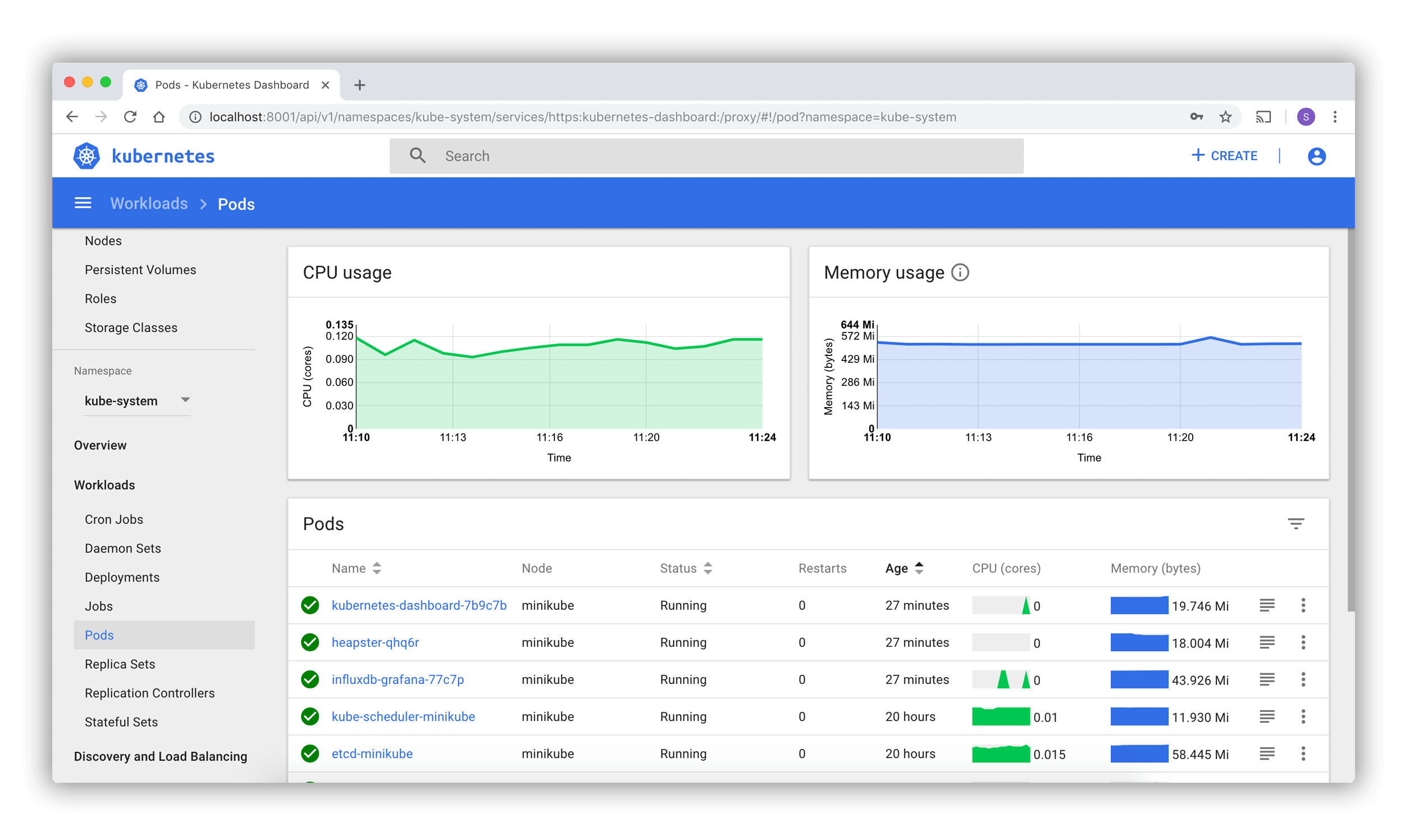
默认情况下不会部署 Dashboard。可以通过以下命令部署:
kubectl apply -f https://raw.githubusercontent.com/kubernetes/dashboard/v2.6.1/aio/deploy/recommended.yaml
查看是否在运行
(base) [root@kubuflow ~]# kubectl get pod -n kubernetes-dashboard
NAME READY STATUS RESTARTS AGE
dashboard-metrics-scraper-7c857855d9-snpfs 1/1 Running 0 16m
kubernetes-dashboard-6b79449649-4kgsx 1/1 Running 0 16m
将ClusterIP类型改为NodePort,使用 : 从集群外部访问Service
(base) [root@kubuflow ~]# kubectl edit svc kubernetes-dashboard -n kubernetes-dashboard
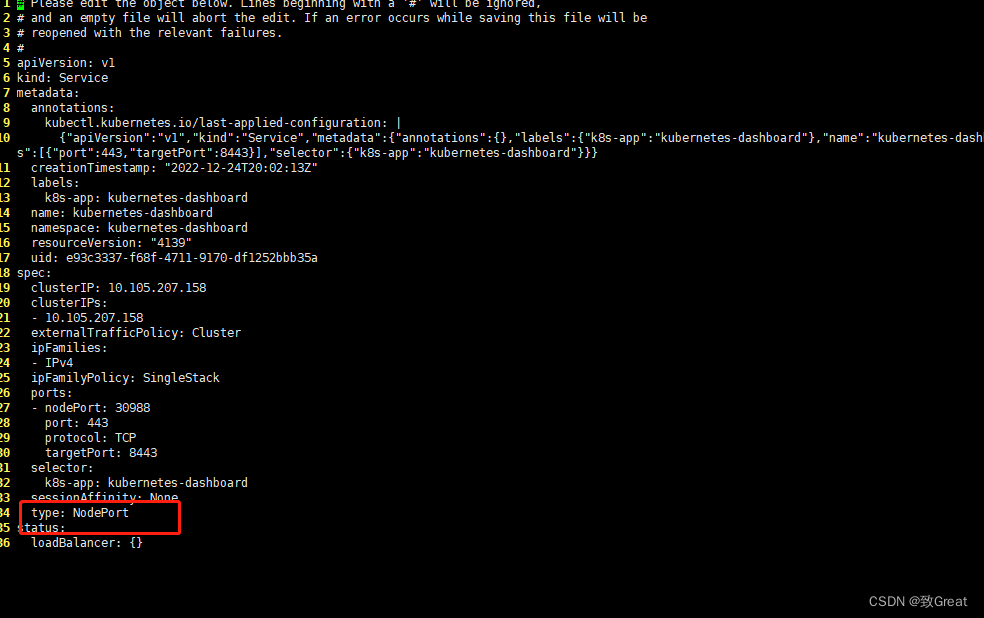
type: ClusterIP修改为type: NodePort,保存后使用kubectl get svc -n kubernetes-dashboard命令来查看自动生产的端口:
(base) [root@kubuflow ~]# kubectl get svc -n kubernetes-dashboard
NAME TYPE CLUSTER-IP EXTERNAL-IP PORT(S) AGE
dashboard-metrics-scraper ClusterIP 10.98.238.142 <none> 8000/TCP 25m
kubernetes-dashboard NodePort 10.105.207.158 <none> 443:30988/TCP 25m
如上所示,Dashboard已经在30988/端口上公开,现在可以在外部使用https://:30988/进行访问。
创建访问账号
cat > dash.yaml << EOF
apiVersion: v1
kind: ServiceAccount
metadata:
name: admin-user
namespace: kubernetes-dashboard
---
apiVersion: rbac.authorization.k8s.io/v1
kind: ClusterRoleBinding
metadata:
name: admin-user
roleRef:
apiGroup: rbac.authorization.k8s.io
kind: ClusterRole
name: cluster-admin
subjects:
- kind: ServiceAccount
name: admin-user
namespace: kubernetes-dashboard
EOF
(base) [root@kubuflow ~]# kubectl apply -f dash.yaml
serviceaccount/admin-user created
clusterrolebinding.rbac.authorization.k8s.io/admin-user created
查看token令牌
kubectl -n kubernetes-dashboard get secret $(kubectl -n kubernetes-dashboard get sa/admin-user -o jsonpath="{.secrets[0].name}") -o go-template="{{.data.token | base64decode}}"
eyJhbGciOiJSUzI1Nxxx.....xxxxxxxxx..........pTDfnNmg
由于我主机做了远程映射,所里这里访问地址看起来和主机ip不一样
实际应该是https://192.168.3.130:30988
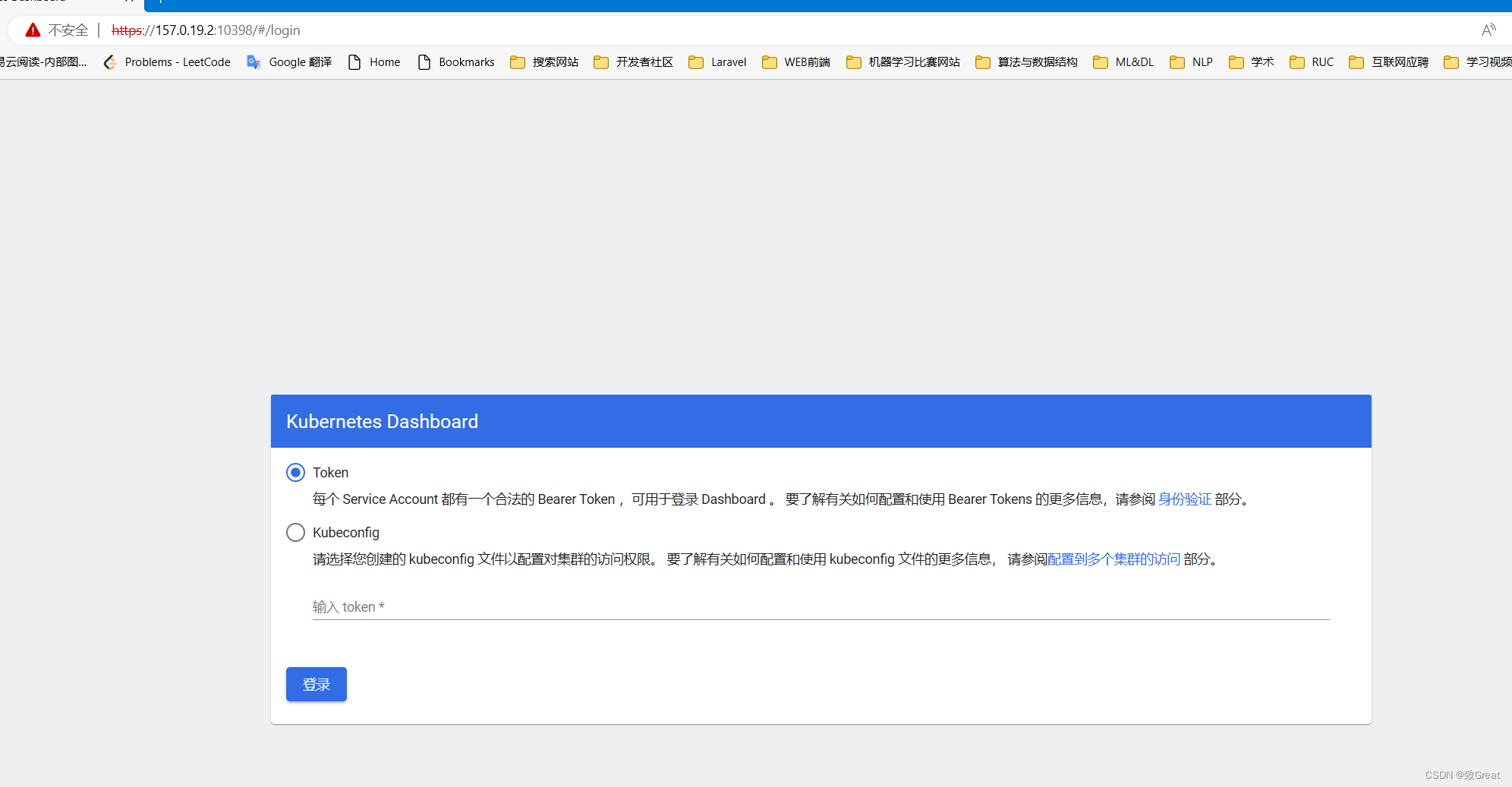
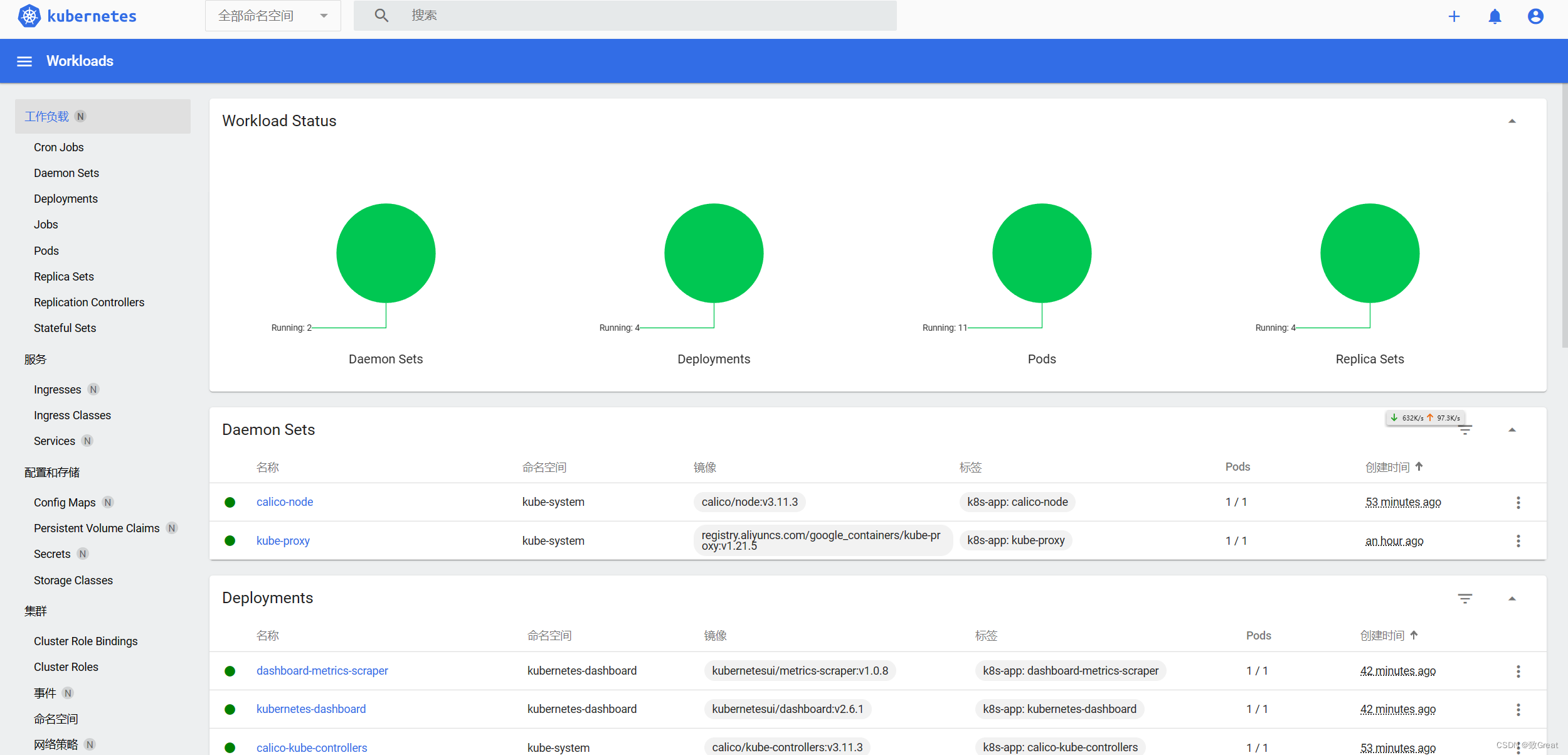
4 Kubeflow安装
4.1 xi
参考资料
- 机器学习平台kubeflow搭建
- kubernetes最新版安装单机版v1.21.5

